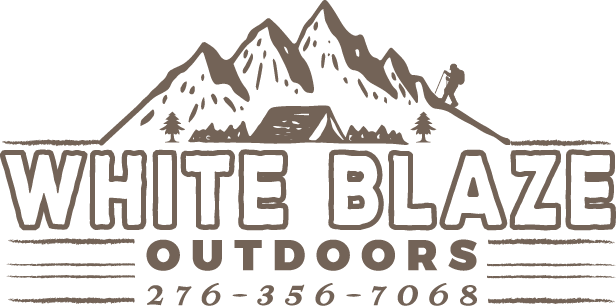Hiking Gear List
Setting out for a hike whether for a couple of hours, nights, or an epic thru-hike journey, can be a daunting task for most of us when we start asking, “What do I Take? What do I really need? What is my budget?”
Here are some suggestions that we have had success with on our personal and guided hikes…
First you have to consider the type/length of your hike. Carrying too much and/or having a pack that is way too big can make for a miserable experience on the trail even if only for a few hours. Reality is that most people will fill up whatever size pack you have available, it’s just a psychological thing for most of us, so first we suggest finding the right size pack. A hiking fanny pack would suffice for those who prefer shorter outings, or a hiking pack of 50-70 L capacity fits the majority of overnight hiking trips.
Footwear is an obvious, yet very important thing to think about when preparing for a hike. Will you be crossing any streams? Is the terrain littered with rocky outcroppings, or mostly dirt under the canopy of trees? Hiking shoes like various trail-runners do well in most of the hiking trails in our area. They are versatile and dry out very fast when hiking in wet conditions. If you prefer more ankle support on very rocky hikes or hikes that require shallow creek crossings, hiking boots may be a better option for you on those trips.
Tents or Hammocks?? A debate that really is personal preference in my opinion. Ultra light hammocks might be the way to go if you are familiar with the route and know there are plenty of trees around your camping destination. Tents are more universal in access to camping spots., which leads most long distance thru-hikers to use them. I prefer a hammock, but also I sleep very cold and therefore need an insulated air mattress underneath my bag.
Weight means everything on a backpacking trip, so choosing a lightweight sleeping bag with the proper warmth value usually leads most people to a down fill. Synthetic or polyester fill sleeping bags will dry out faster if wet, but are more bulky and heavier. Make your choices based on the temperatures and length of your trip is our best advice. I only carry down fill on multi-day trips.
Water filtration is a must for day hikes and overnight hikes as well. Always be prepared for an unexpected situation, and expect to drink more water than expected, especially during warmer months.
Trekking poles are a strong preference for myself on most hikes. Some people do not use poles as they view them as something extra to keep up with, but the balance/stability benefits are definitely worth it for myself.
When choosing hiking socks and hiking clothing there are many great options. The most important thing is stay away from cotton as much as possible. Nylon , wool, and polyester are great materials to have in your clothing. These materials wick away your sweat and dry very rapidly. They also feel great and allow breathability when active.
These are some of the “must haves” when we hike any length or difficulty. You can check out some of the gear that we personally have field tested and use on our guided trips here. Be prepared and have fun when out hiking, and always let someone know where you plan on hiking if you hike alone.
